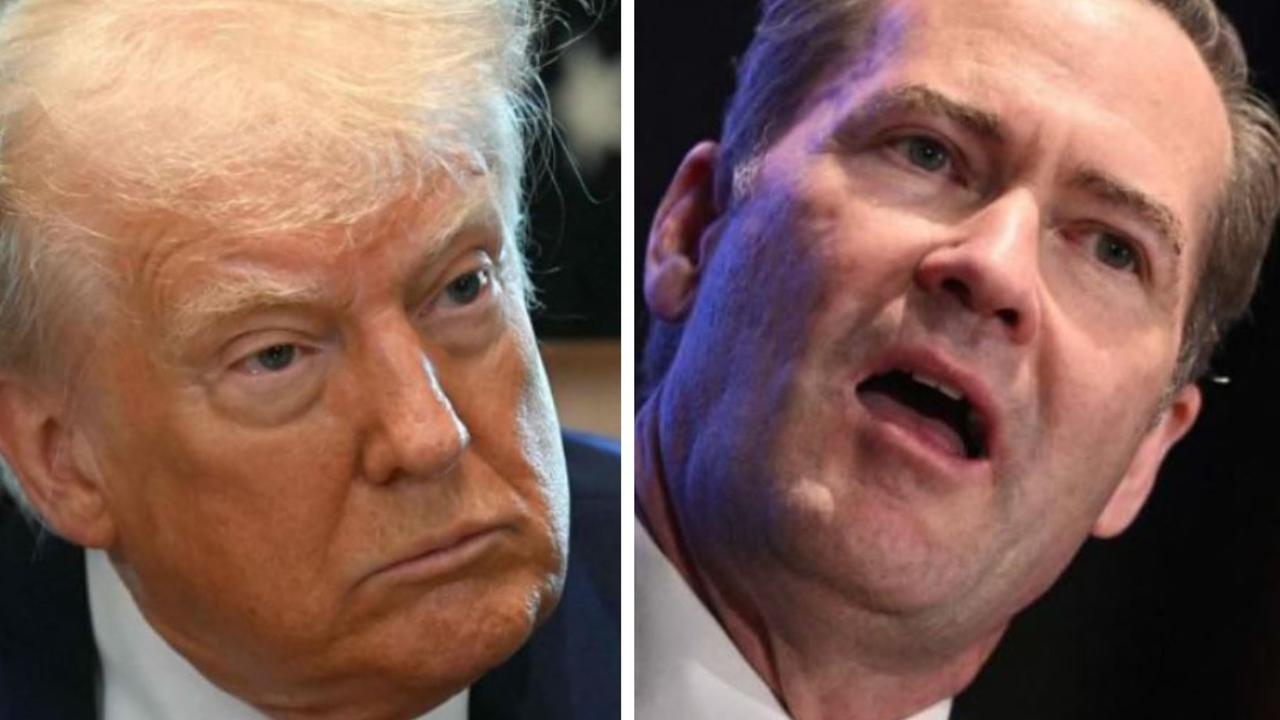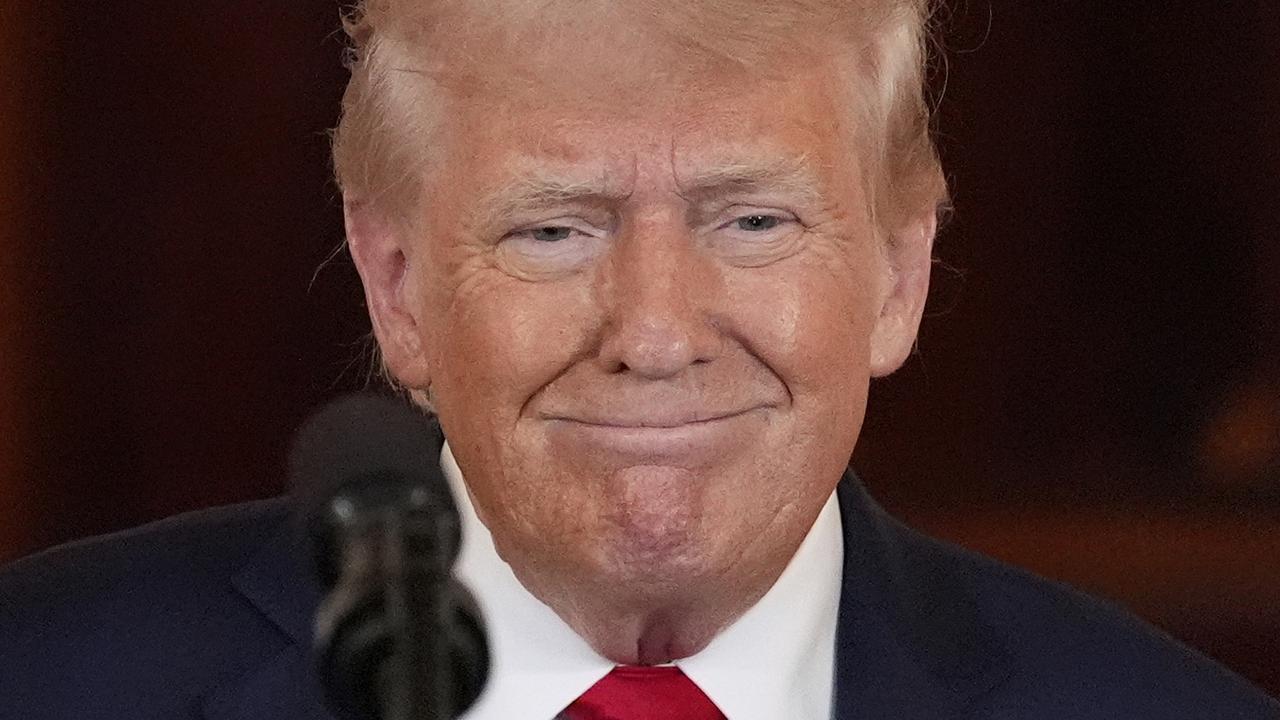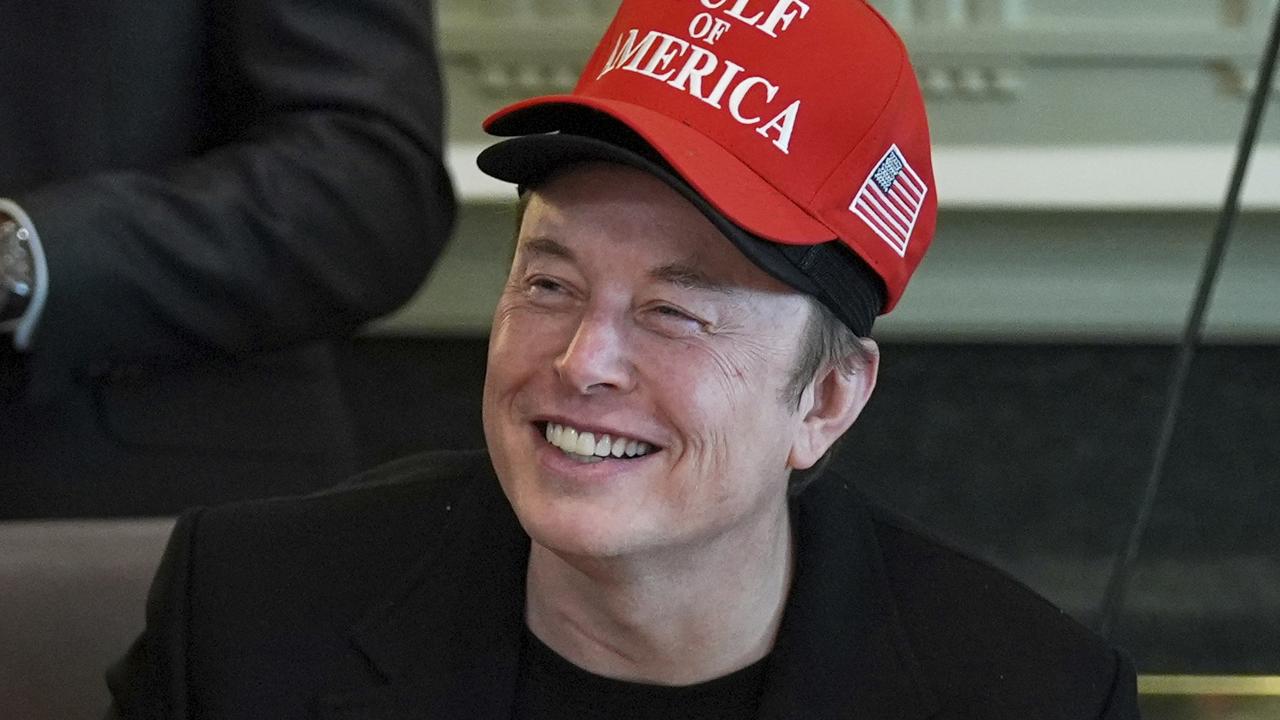The stories and names behind America’s police brutality crisis
The world has been shocked by the outbreak of protests and riots in the United States. But discontent has been bubbling for a long time.
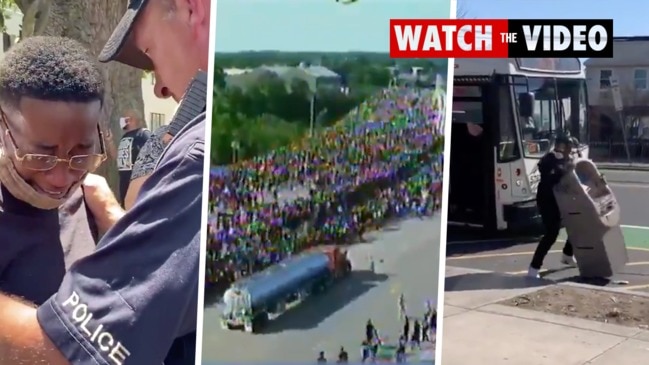
Once again, there are scenes of mayhem playing out across the United States as protests over the death of an African-American man at the hands of a white police officer spiral out of control.
Overnight the protests spread to over 30 cities. Twelve states have activated their state national guards as vandalism, looting and fires continue.
Demonstrators have repeatedly spoken of the need for justice following the death of George Floyd.
Disturbing footage of the death shows a white Minneapolis police officer pressing his knee into Mr Floyd’s neck until he stopped breathing.
But while the images are still shocking, Mr Floyd’s death is just one of many filmed incidents of police brutality against African-Americans that have gone viral and sparked unrest over the years.
It’s no secret that America’s history has been fraught with racial tension, from slavery to the Civil War and the Jim Crow laws.
However, it wasn’t until 1991 that the first “viral” amateur video captured the nation’s white-on-black police brutality and shocked the world with its ugliness.
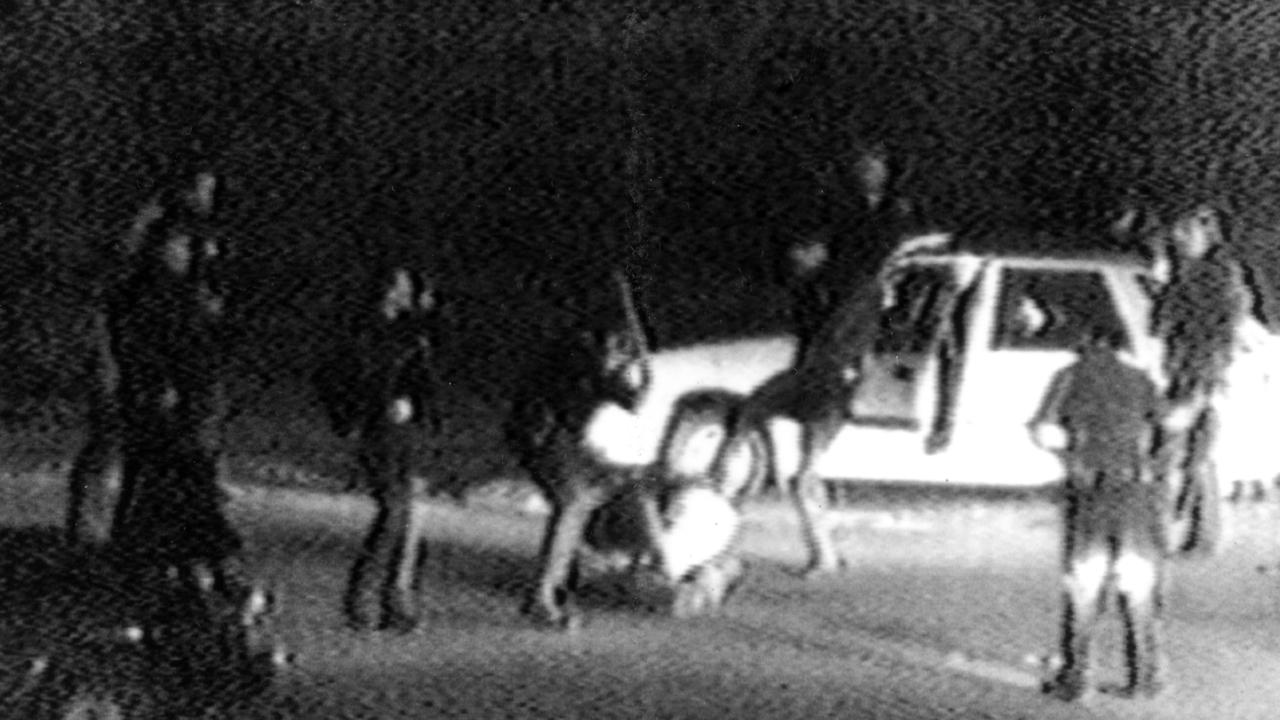
It was filmed by plumbing salesman and amateur videographer George Holliday who stood on his Los Angeles balcony and saw an unarmed black man – Rodney King – being savagely beaten by a group of LAPD officers.
Mr Holliday’s graphic video of the attack was broadcast into homes across the nation and worldwide and for the first time the injustice and mistreatment of African-Americans by the police was broadcast to the world.
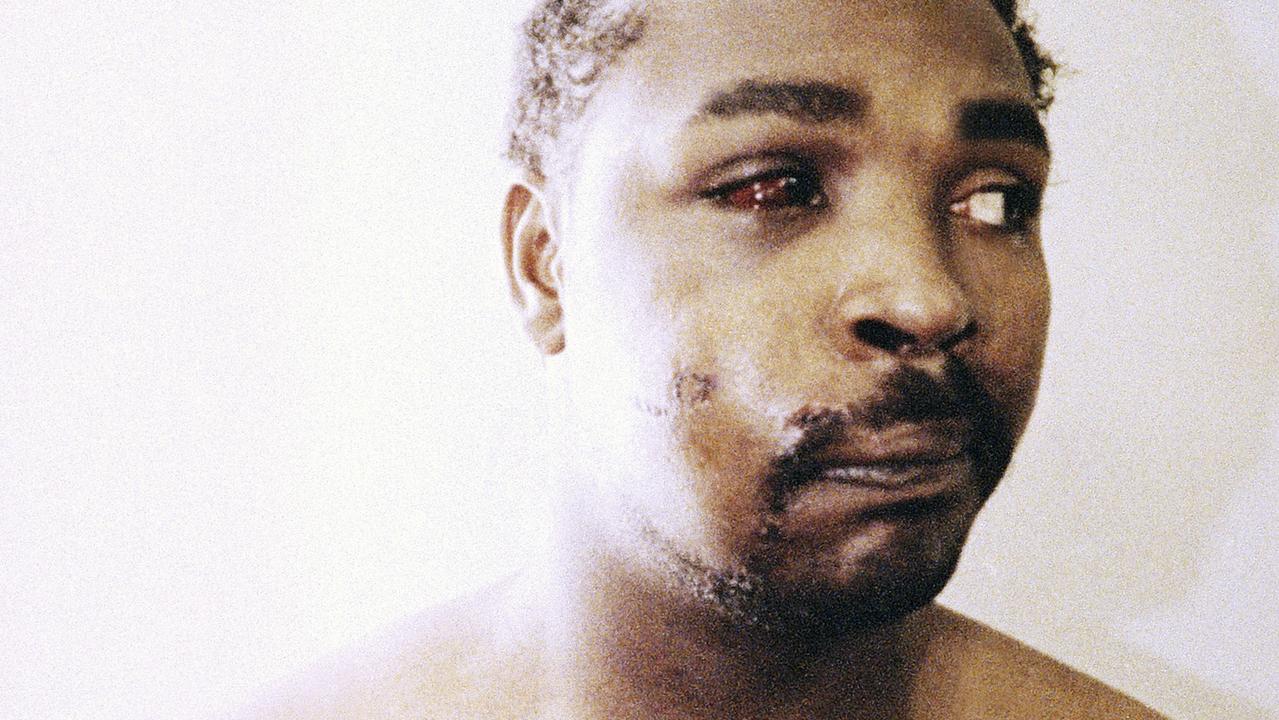
Four officers were eventually tried on charges of use of police brutality but of those, three were acquitted and the jury failed to reach a verdict on one charge for the fourth.
Within hours of the acquittals, the 1992 Los Angeles riots started, sparked by outrage among African-Americans over the trial’s verdict and longstanding social issues.
The rioting lasted six days and killed 63 people with 2383 more injured. It ended only after the California Army National Guard, the United States Army and the United States Marine Corps provided reinforcements to re-establish control.
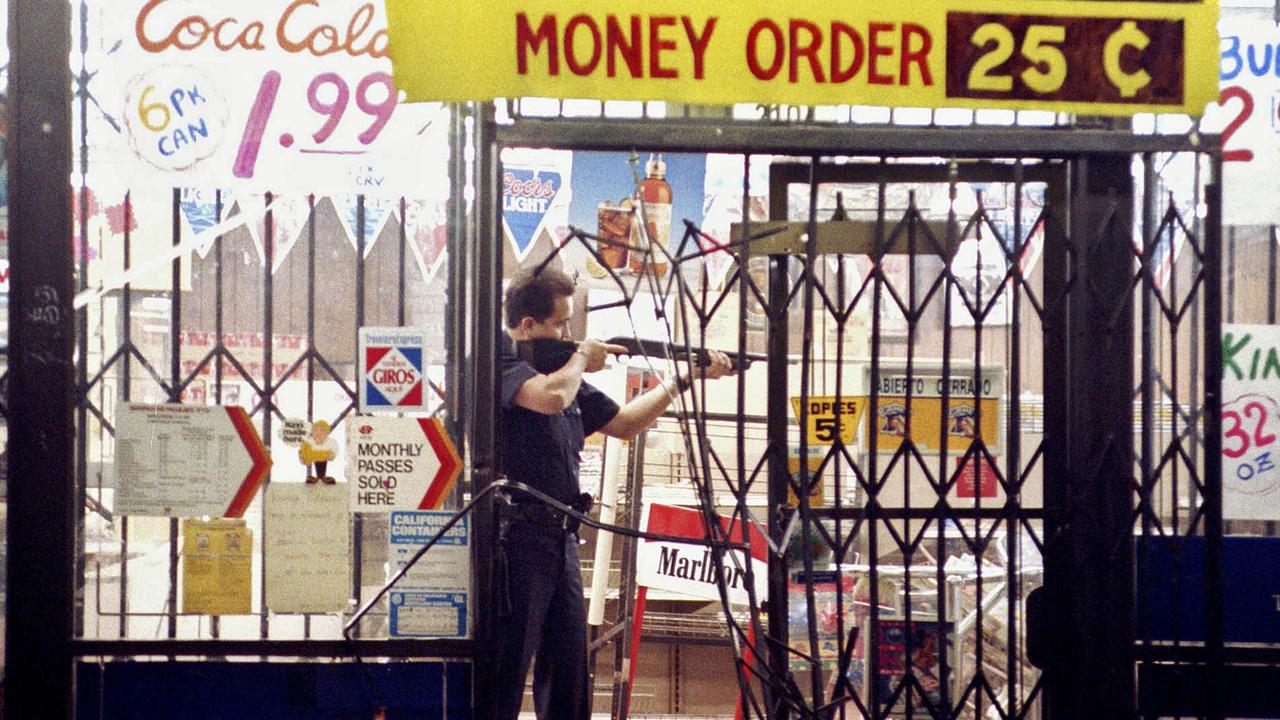
Now, 28 years later the streets of Los Angeles resemble a war zone and once again demonstrators are calling for change.
Since the beating of Mr King, videos of black Americans being beaten or killed by police officers continue to surface with disturbing regularity.
Here are some of the recent examples of police brutality that protesters have spoken of in the past four days of unrest.
GEORGE FLOYD
Without doubt the biggest catalysts for the wave of protests sweeping across the US is the death of 46-year-old George Floyd whodied after being arrested by police outside a shop in Minneapolis, Minnesota.
Footage of the arrest on May 25 shows a white police officer, Derek Chauvin, kneeling on Mr Floyd’s neck while he was pinned to the floor.
Chauvin, 44, has since been charged with murder.
The incident began when Mr Floyd bought a pack of cigarettes from a grocery store.
A store employee believed the $20 bill Mr Floyd used was counterfeit and called the police.
Mr Floyd had been working as a bouncer in Minneapolis but, like millions of other Americans, was left jobless by the coronavirus pandemic.
When police arrived at the scene, Mr Floyd was restrained, while Mr Chauvin placed his left knee between his head and neck.

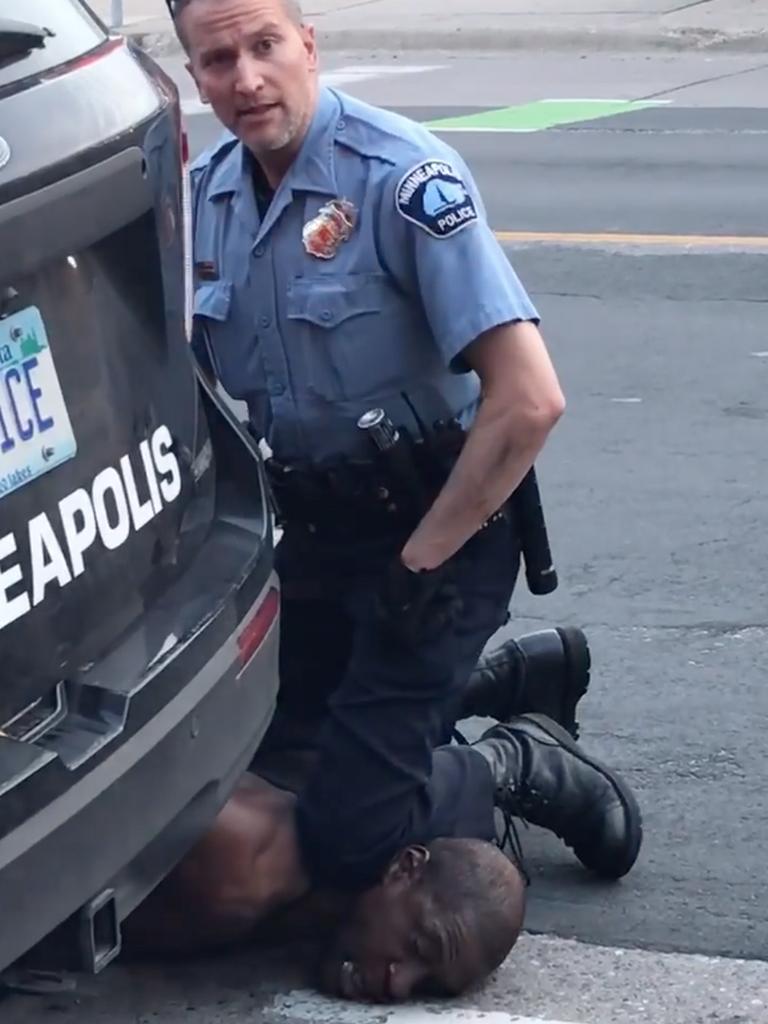
“I can’t breathe,” Mr Floyd said repeatedly, pleading for his mother and begging “please, please, please”.
For eight minutes and 46 seconds, Mr Chauvin kept his knee on Mr Floyd’s neck, the prosecutors’ report says.
Mr Floyd became non-responsive and fell silent, as bystanders urged the officers to check his pulse.
One of the other officers, JA Kueng, checked Mr Floyd’s pulse on his right wrist, but “couldn’t find one”. The officers did not move.
Mr Chauvin removed his knee from Mr Floyd’s neck. Motionless, Mr Floyd was taken to the Hennepin County Medical Center in an ambulance.
He was pronounced dead around an hour later.
New CCTV footage has since emerged of the police officers in a violent struggle with Mr Floyd in the back of their car before he was later pinned to the ground and died.

BREONNA TAYLOR
Violence has also broken out of Louisville, Kentucky, where anger is mounting over the killing of a 26-year-old African-American medical worker.
Police there carried out a search warrant on March 13, using a battering ram to break into Breonna Taylor’s apartment.
After a brief confrontation, they fired several shots, hitting her at least eight times.
According to The Louisville Courier Journal, the police were investigating two men who they believed were selling drugs out of a house that was not far from Ms Taylor’s home.
But a judge had also signed a warrant allowing the police to search Ms Taylor’s apartment because the police said they believed that one of the two men had used her apartment to receive packages.
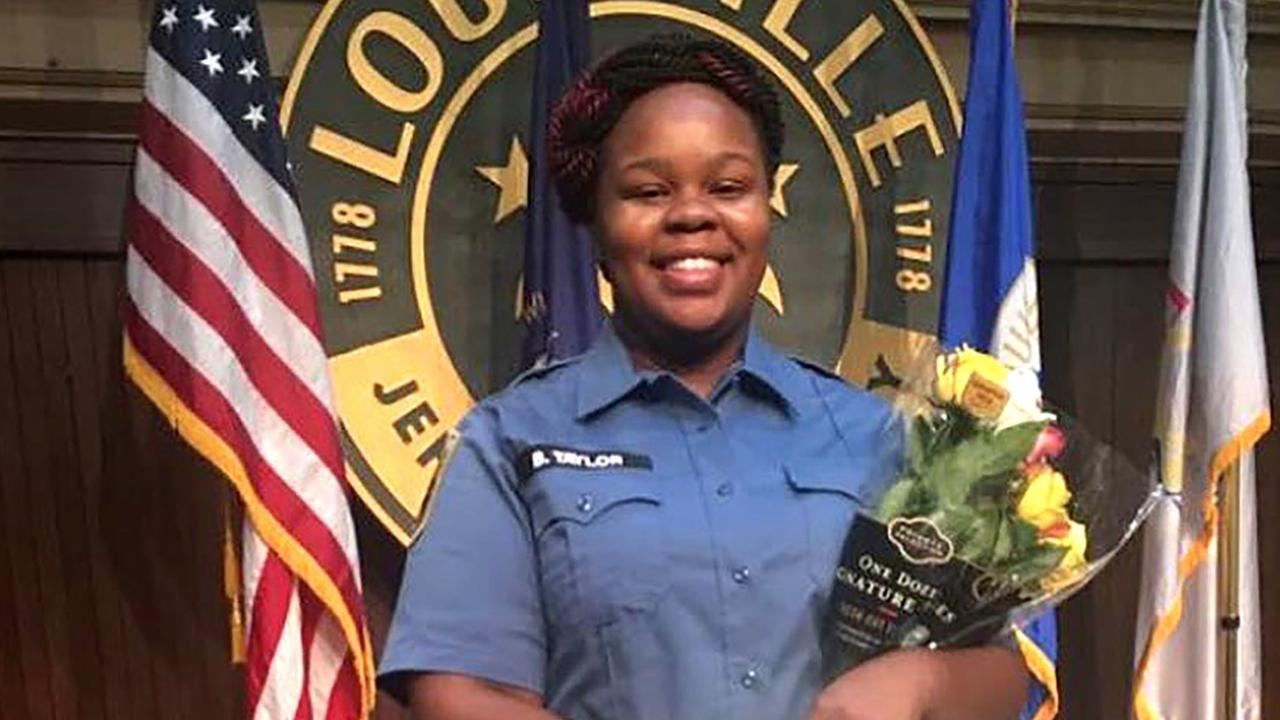
Louisville police say that they only fired inside Ms Taylor’s home after they were first fired upon by Kenneth Walker, Ms Taylor’s boyfriend, who was in bed with her. They said that Mr Walker wounded one of the officers, who was hit in the leg.
Mr Walker, 27, has said that he feared for his life and only fired in self-defence, believing that someone was trying to break into the home. Police have denied this saying they identified themselves and knocked before breaking in.
Ms Taylor’s mother, Tamika Palmer, said her daughter had big dreams and planned a lifelong career in health care.
“She had a whole plan on becoming a nurse and buying a house and then starting a family. Breonna had her head on straight, and she was a very decent person,” Ms. Palmer told The Courier Journal.
The three officers involved have been put on administrative reassignment.
AHMAUD ARBERY
There are also tense scenes in Georgia after 25-year-old Ahmaud Arbery was killed after a white father and son armed themselves and pursued him after spotting him jogging in their neighbourhood.
More than two months passed before authorities arrested Gregory McMichael, 64, and his son, Travis McMichael, 34, on charges of felony murder and aggravated assault.
Gregory McMichael told police he suspected Mr Arbery was a burglar and that Mr Arbery attacked his son before being shot.

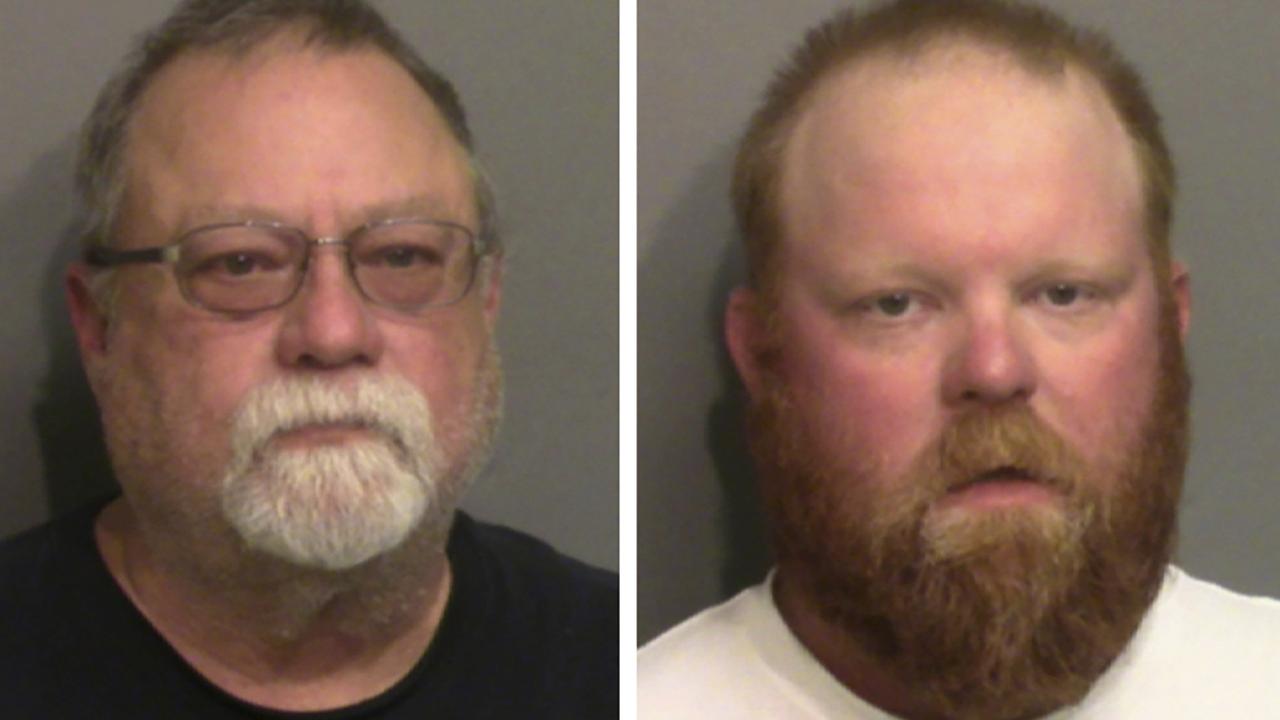
Under Georgia law, a person can be charged with felony murder for committing any felony that causes the death of someone else. It does not require intent to kill and carries an automatic life sentence.
Mr Arbery’s mum said her son was “humble, happy and well-mannered”.
His family says the killing is clearly racist and it shouldn’t have taken two months for arrests to have been made.
“He was African-American, he was jogging in a predominantly white neighbourhood – he was targeted for the colour of his skin,” his mother Wanda Cooper-Jones told reporters.
ERIC GARNER
The scenes that played out in the death of George Floyd are eerily similar to an incident that became the focal point of the Black Lives Matter movement six years ago.
It was then that Eric Garner’s cried out “I can’t breathe” after being put in a chokehold by a New York City police officer.
The same words were said by Mr Floyd before he died at the hands of a white police officer last week.
Mr Garner died on July 17, 2014, after police attempted to arrest the 43-year-old father-of-six, who was allegedly selling loose cigarettes illegally on Staten Island.
RELATED: Incredible reactions as America burns
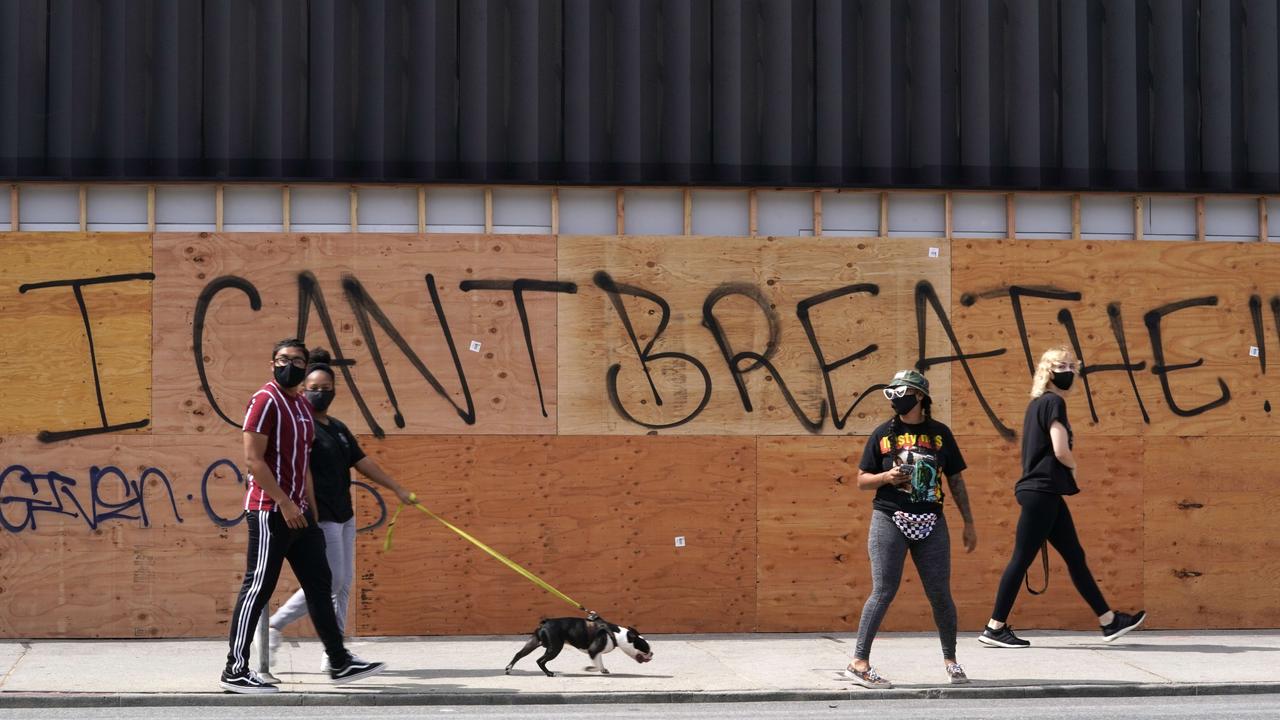
Video shows an officer maintaining a chokehold as Garner is taken to the ground.
The officer who choked Garner, Daniel Pantaleo, was never charged in his death. He was fired in 2019 after being found guilty in a disciplinary trial of using a chokehold.
Now, Mr Garner’s mother says the death of Mr Floyd is “like deja vu”.
“It’s hard enough we’re coming up on the anniversary of my son’s death, and now to hear about this young man, it’s like deja vu,” Gwen Carr told CNN. “It’s just like the murder of my son all over again. He was basically the same age as Eric.”
SANDRA BLAND
Twenty-eight-year-old Sandra Bland was found hanged inside a jail cell in Waller County, Texas three days after being arrested over a minor traffic violation.
During the traffic stop on July 13, 2015, white police officer Brian T. Encinia can be seen contorting in anger as he pulled out a stun gun and shouted at her to get out of the car.
“I’m going to light you up!” he yelled in footage taken by Ms Bland on her phone.
After she was discovered dead, protests against her arrest took place – disputing the cause of death and alleging racial violence against her.
Texas authorities and the FBI conducted an investigation into Ms Bland’s death and determined the Waller County jail did not follow required policies, including time checks on inmates and ensuring that employees had completed required mental health training.
In December 2015, a grand jury declined to indict the county sheriff and jail staff for a felony relating to Ms Bland’s death.
The following month, Encinia was indicted for perjury for making false statements about the circumstances surrounding Ms Bland’s arrest and he was subsequently fired by the Texas Department of Public Safety.
MICHAEL BROWN
Just weeks after the death of Eric Garner, African-American teenager Michael Brown was shot dead by a white police officer in Ferguson, Missouri in August 9, 2014.
It is still not entirely clear what happened that day.
The white police officer, Darren Wilson, said Mr Brown, 18, was violent throughout the encounter, even charging at the officer after gunshots were fired.
However, some eyewitnesses testified that Mr Brown was trying to flee from Mr Wilson and attempted to surrender – by raising his hands up – before he was killed.
Mr Wilson realised Mr Brown was a robbery suspect who stole cigarillos from a nearby convenience store and both men had a physical altercation at the officer’s SUV.
Mr Wilson then opened fire from his vehicle. Mr Brown ran, turned around, and Mr Wilson fired more shots, supposedly out of fear that Mr Brown was charging at him.
Mr Brown died about 150 feet from Mr Wilson’s vehicle. He was shot six times. The police officer was cleared over Mr Brown’s death after the US Department of Justice concluded he acted in self-defence.
The teenager’s death sparked major protests in Missouri.


